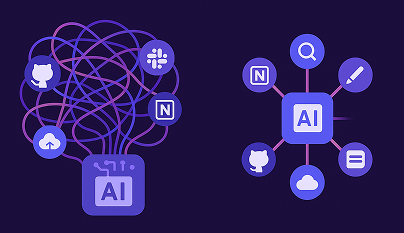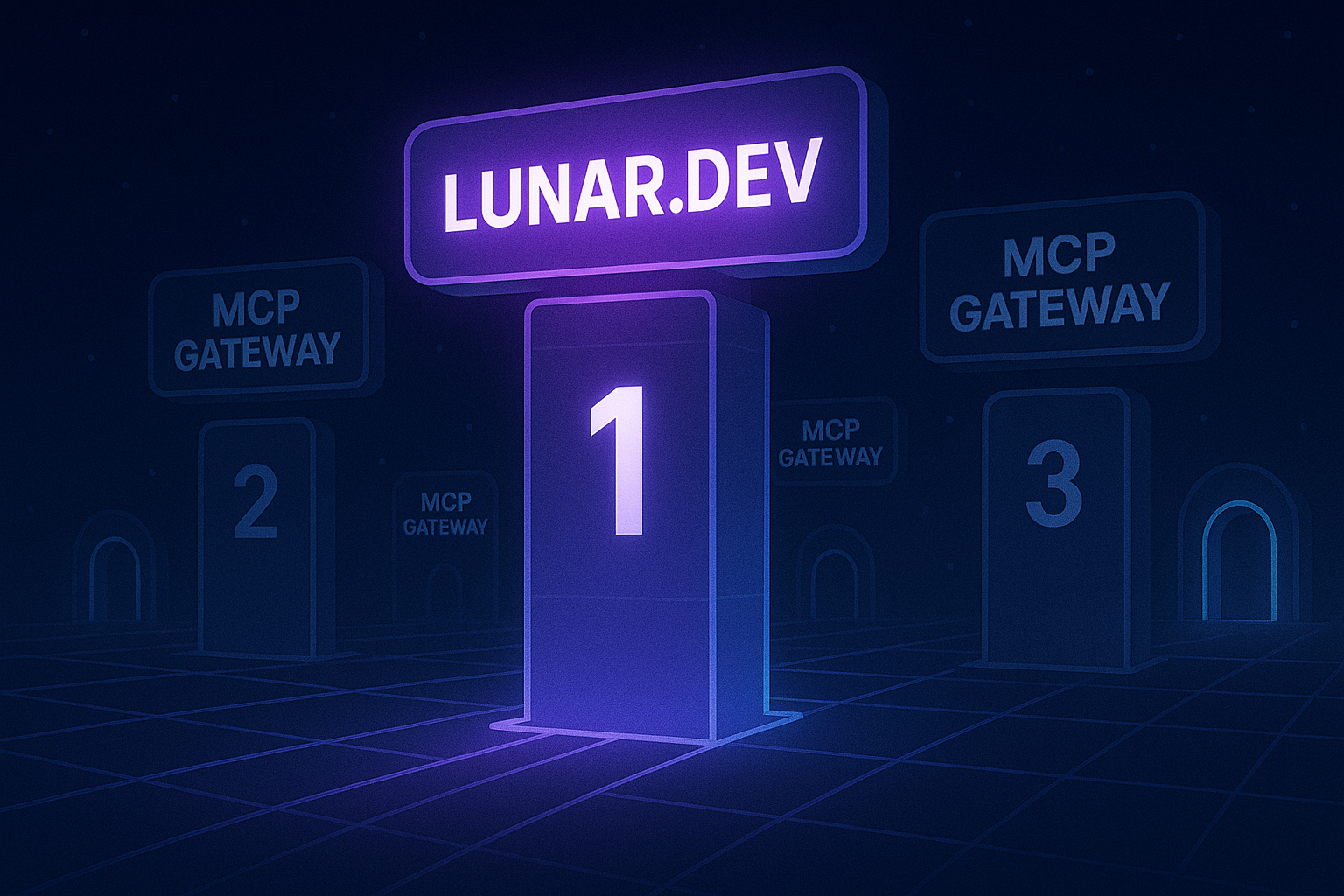
A Developer's Guide: Overcoming Challenges with Google's Distance Matrix API
Success with the Google Distance Matrix API comes down to smart usage management, seamless performance, and strong privacy compliance. In this blog post we'll cover some challenges developers face when consuming this API, and how to overcome them.
The Google Distance Matrix API (GDMA) is a powerful tool that calculates travel distances and times between multiple origins and destinations, supporting various transportation modes such as driving, walking, bicycling, and transit. By integrating GDMA, developers can enhance applications with features like route planning, delivery optimization, and proximity searches.
For companies leveraging the Google Distance Matrix API, the primary challenges lie in managing usage limits, controlling costs, optimizing performance, ensuring data accuracy, and complying with privacy regulations. From an engineering perspective, this requires a combination of robust API consumption management, scalable infrastructure, and a focus on data security and privacy, all while striving to maintain a seamless user experience.
In this blog post we'll cover some challenges developers face when consuming this API, like rate limiting, caching and monitoring and counting elements, and we'll include tips for how to overcome them.
About GDMA and technical recap:
The Google Distance Matrix API is a versatile service designed to calculate travel distances and estimated times between multiple origin and destination points. It supports a variety of transportation modes, such as driving, walking, cycling, and public transit, making it an essential tool for applications in logistics, ride-sharing, and delivery services.
When you make a request to the API, it returns a matrix of distances and travel times for each pair of locations specified. This feature is particularly useful for determining the most efficient routes or identifying the nearest service provider to a user, streamlining operations in real-time scenarios. For example, a delivery app might use this API to allocate the closest driver to a new order based on the shortest travel time.
To access the Google Distance Matrix API, developers need to activate it within their Google Cloud project and provide an API key or OAuth token. The service uses a pay-as-you-go model, where the cost depends on the number of elements (each origin-destination pair) included in the request.
Developers can also leverage Google’s client libraries available for Java, Python, Go, and Node.js to integrate the Distance Matrix API more easily into their applications. These libraries are open-sourced and maintained under the Apache 2.0 License, making them a reliable option for various use cases.
JSON Structure of a GDMA API Call:
To request distance and duration data between multiple origins and destinations, you can structure your HTTP POST request as follows:
POST https://maps.googleapis.com/maps/api/distancematrix/json
Headers:
{
"Content-Type": "application/json"
}
Body (Payload):
{
"origins": ["London, UK", "Paris, FR"],
"destinations": [
"Marseille, FR",
"Lyon, FR",
"Toulouse, FR",
"Nice, FR",
"Nantes, FR",
"Strasbourg, FR",
"Montpellier, FR",
"Bordeaux, FR",
"Lille, FR",
"Rennes, FR"
],
"key": "YOUR_API_KEY"
}
Overall, the Google Distance Matrix API offers a robust solution for efficiently calculating travel times and distances, empowering businesses to optimize route planning, enhance resource management, and provide better user experiences.
Challenges of Using Google Distance Matrix API (GDMA)
- Rate Limiting Based on Elements
GDMA’s rate limits are based on “elements,” which are defined as each origin-destination pairing. For example, a request with 2 origins and 10 destinations results in 20 elements. This calculation method can be tricky because rate limits are not just per request but also per element count. If your application processes high volumes of data, it’s easy to exceed these limits, triggering errors like OVER_QUERY_LIMIT. These denials can disrupt services, leading to degraded user experiences and potential downtime.
- Billing and Cost Management
GDMA’s billing model charges based on the number of elements processed, which can lead to unexpected overages if usage isn’t monitored. Exceeding the allocated quota pushes usage into overage pricing, where costs can double. For instance, the standard rate might be $5 per 1,000 elements, but overages could rise to $10 per 1,000 elements. If your estimated monthly usage was 100,000 elements costing $500, an unexpected increase to 150,000 elements could cost you an extra $500, doubling the expected budget.

- Handling Errors and Exceptions
GDMA frequently returns errors like OVER_QUERY_LIMIT, INVALID_REQUEST, or REQUEST_DENIED, which can be challenging to handle effectively. These errors often occur due to quota breaches, incorrect request formats, or API key issues. Without robust error handling and retry mechanisms, these issues can disrupt real-time applications, leading to failed service requests and poor user experiences, especially in time-sensitive scenarios.
- Performance and Latency
Performance degradation and high latency are common issues when handling large numbers of elements or complex queries. The more elements included in a request, the longer it takes for the API to respond, especially if traffic data is included. For applications needing real-time updates, such as delivery tracking or ride-sharing, even small delays can cause significant user dissatisfaction and affect service reliability.
- Compliance with Usage Policies
GDMA enforces strict usage policies, including requirements for proper data attribution and display. For example, using distance data without showing a Google map or failing to credit Google properly can violate terms of service. Such violations can lead to temporary suspension of API access, halting application functionality. For businesses heavily reliant on GDMA, this can result in service outages and significant operational disruptions, necessitating immediate remediation to restore access.
Integrating Google's Distance Matrix API (GDMA) into applications offers valuable functionalities but presents several challenges. Addressing these effectively requires implementing technical strategies tailored to each issue.
Solutions: Optimal Consumption & Management
1. Monitoring and Calculating the Number of Elements:
- Implementation:
- Element Calculation Function: Develop a utility function that computes the number of elements in each API request by multiplying the count of origins by the count of destinations.
- Request Wrapper: Create a wrapper for API calls that utilizes the element calculation function to assess the size of each request before execution.
- Benefits:
- Ensures adherence to GDMA's rate limits by providing real-time insights into request sizes.
- Facilitates dynamic adjustment of request parameters to stay within permissible limits.
2. Creating a Rate Limiting Policy Based on Elements:
- Implementation:
- Rate Limiting Middleware: Integrate middleware that intercepts API requests, calculates the total elements, and enforces rate limits accordingly.
- Token Bucket Algorithm: Implement a token bucket algorithm where tokens represent allowable elements. Tokens are replenished at a defined rate, and each request consumes tokens equivalent to its element count.
- Benefits:
- Prevents exceeding GDMA's rate limits, reducing the risk of errors like OVER_QUERY_LIMIT.
- Allows for controlled request pacing, ensuring consistent API performance.

3. Implementing Caching Strategies:
- Implementation:
- Response Caching: Store responses of frequent or repetitive API requests in a cache with a defined expiration time.
- Cache Invalidation: Establish mechanisms to invalidate or update cached data when underlying information changes, ensuring data accuracy.
- Client-Side Caching: For web applications, utilize browser storage to cache responses, reducing server load and latency.
- Benefits:
- Reduces the number of API calls, lowering costs and decreasing latency, enhancing user experience.
- Improves application scalability by minimizing redundant data retrieval.
4. Robust Error Handling and Retry Mechanisms:
- Implementation:
- Error Classification: Develop a system to classify errors returned by GDMA, distinguishing between transient (e.g., rate limits) and permanent errors (e.g., invalid parameters).
- Exponential Backoff Strategy: For transient errors, implement a retry mechanism that delays subsequent attempts exponentially, reducing the likelihood of repeated failures.
- Circuit Breaker Pattern: Incorporate a circuit breaker that halts API calls after a threshold of failures, allowing the system to recover before resuming requests.
- Benefits:
- Ensures application stability and reliability, even when encountering API errors or rate limits.
- Enhances user experience by gracefully handling failures and minimizing downtime.

To Conclude: Key Takeaways
For companies utilizing the Google Distance Matrix API, success hinges on navigating several key challenges effectively. The primary issues revolve around managing API usage and cost, maintaining performance and data accuracy, and ensuring compliance with privacy regulations. Engineers must address these areas by designing resilient systems and implementing robust strategies.
Key points:
- Effective API Management: Balancing usage limits, optimizing request patterns, and implementing caching to prevent overages and manage costs.
- Performance Optimization: Reducing latency with asynchronous processing, predictive caching, and fallback mechanisms to maintain a seamless user experience.
- Data Privacy Compliance: Incorporating privacy-by-design principles to securely handle location data and meet regulatory requirements like GDPR and CCPA.
With Lunar.dev, engineering teams of any size gain instant unified controls to effortlessly manage, orchestrate, and scale API egress traffic across environments— all without the need for code changes.
Lunar.dev is agnostic to any API provider and enables full egress traffic observability, real-time controls for cost spikes or issues in production, all through an egress proxy, an SDK installation, and a user-friendly UI management layer.
Ready to Start your journey?
Manage a single service and unlock API management at scale






